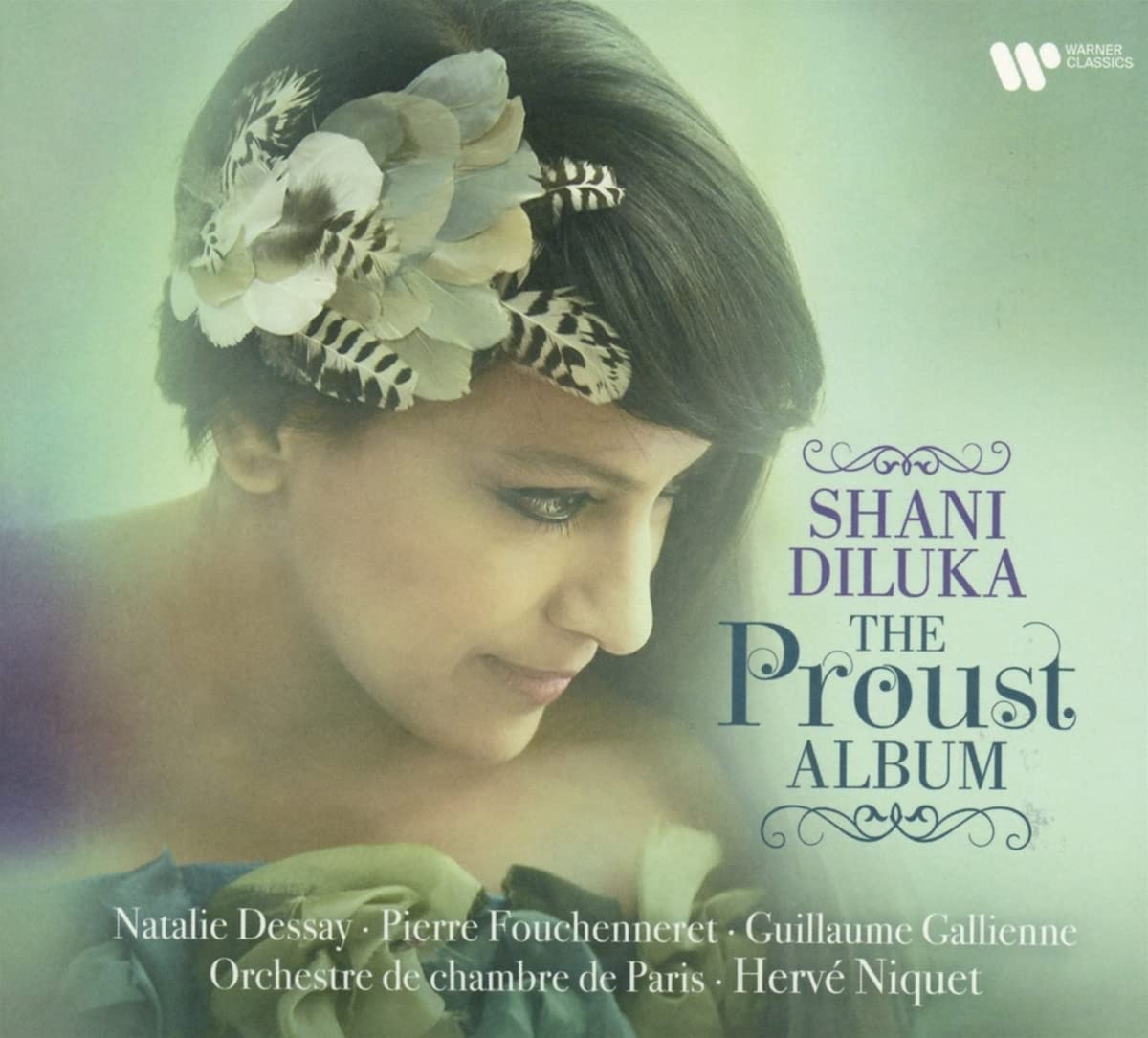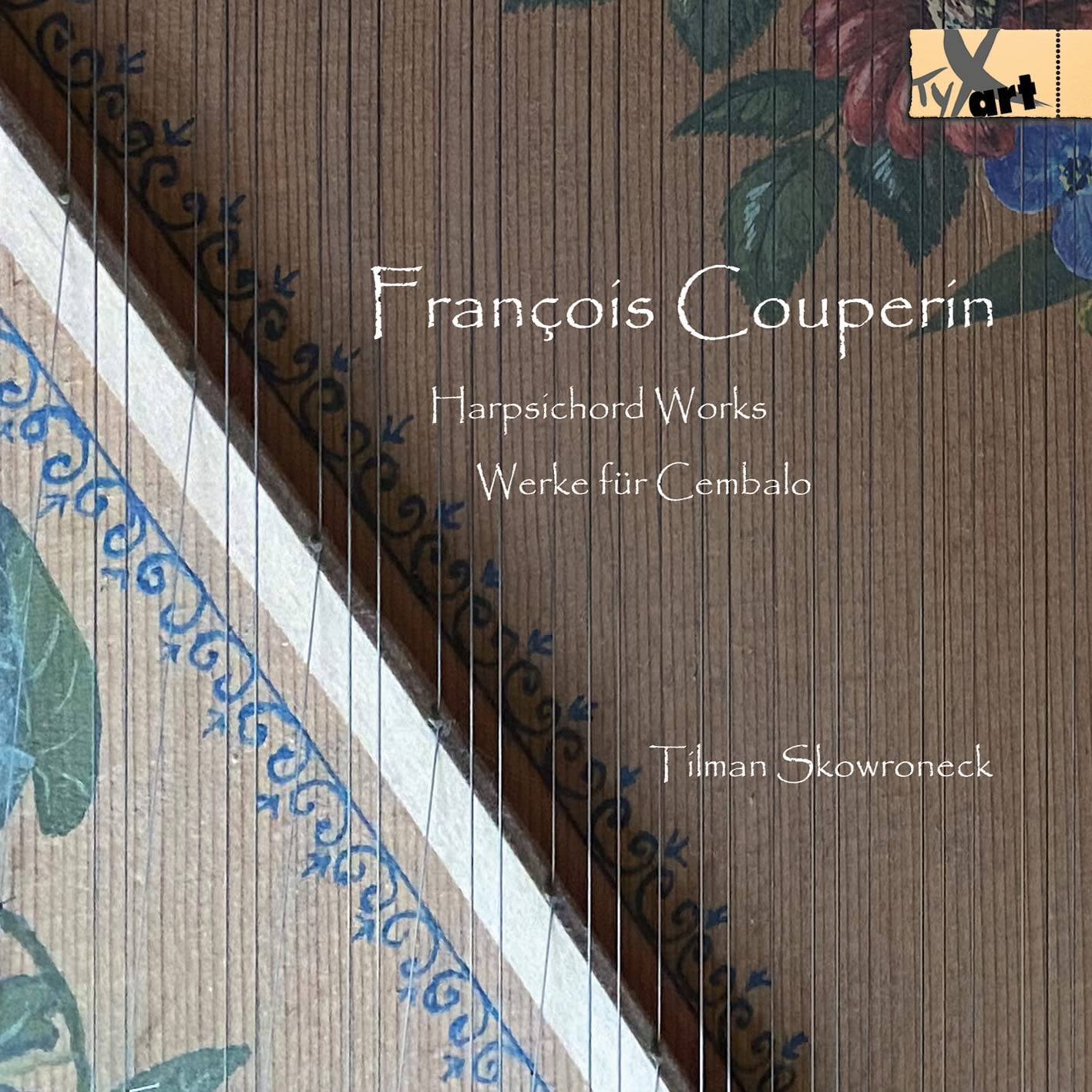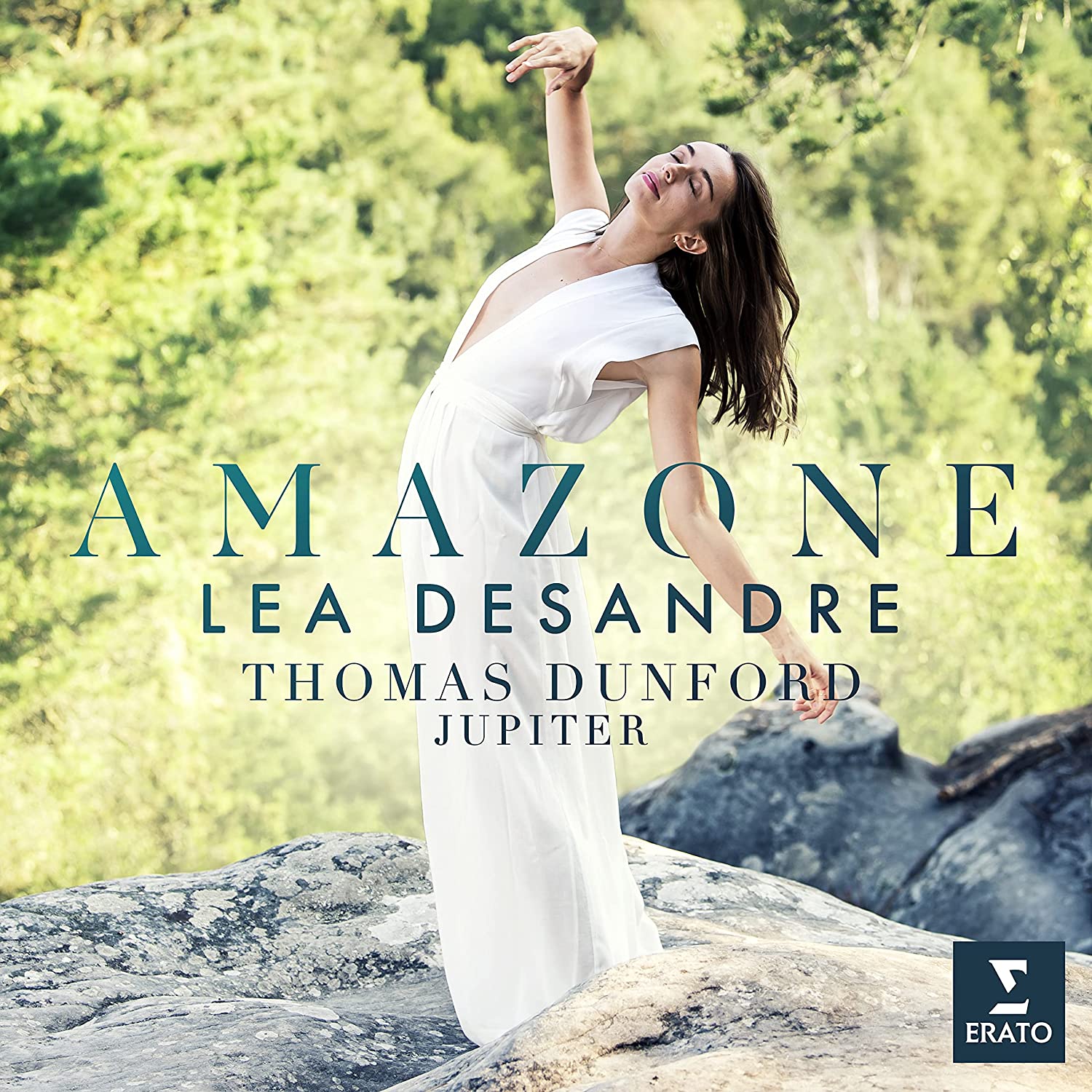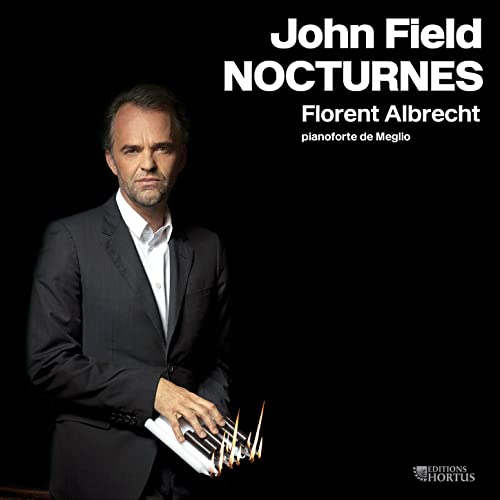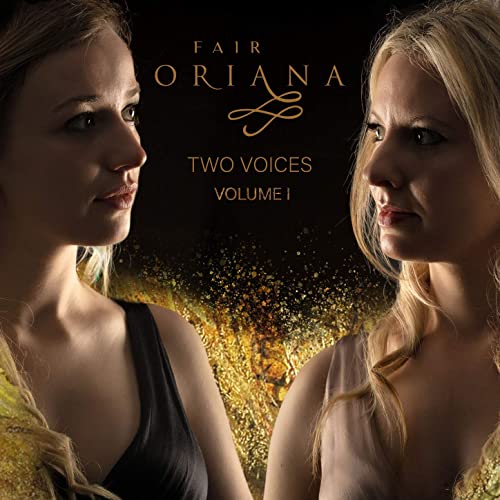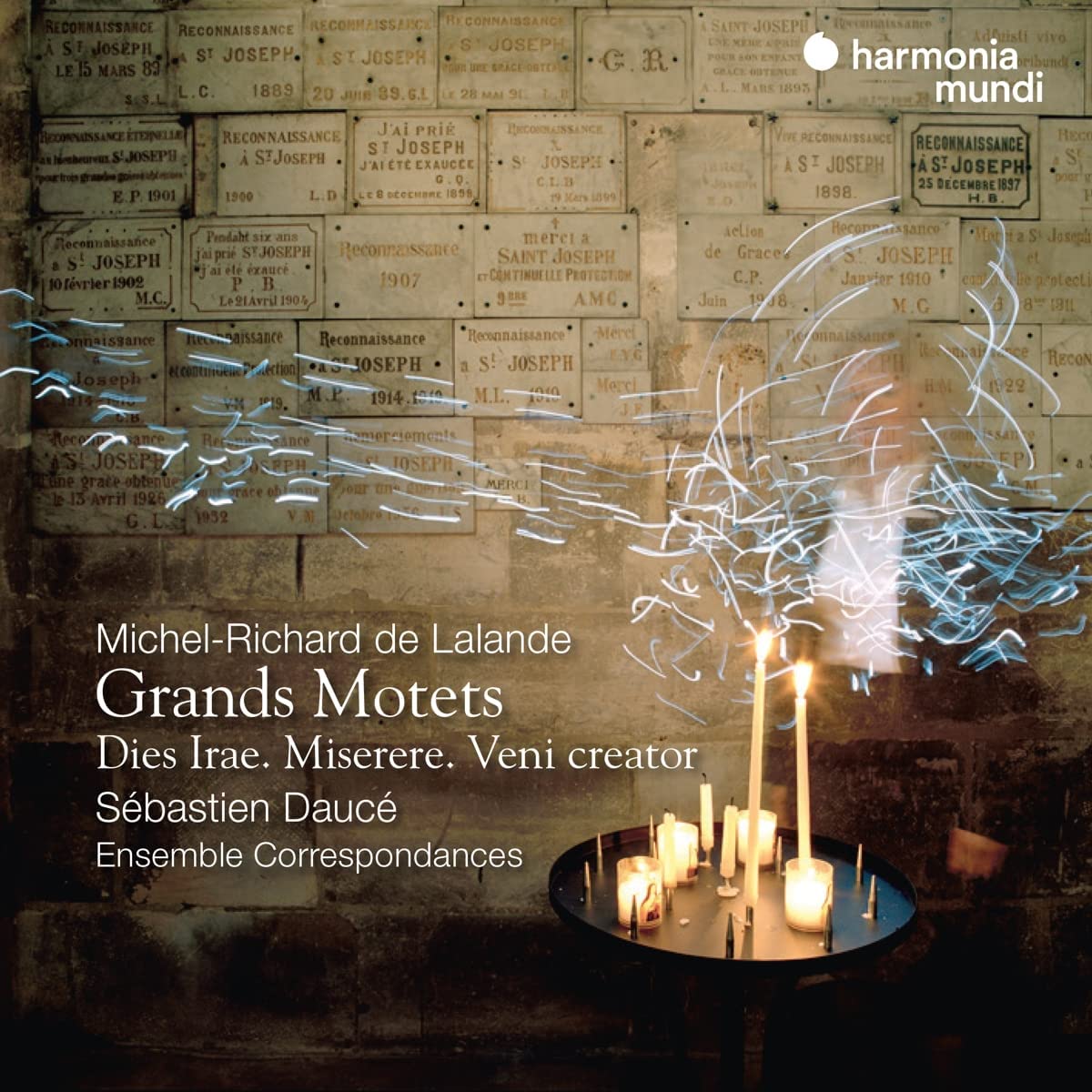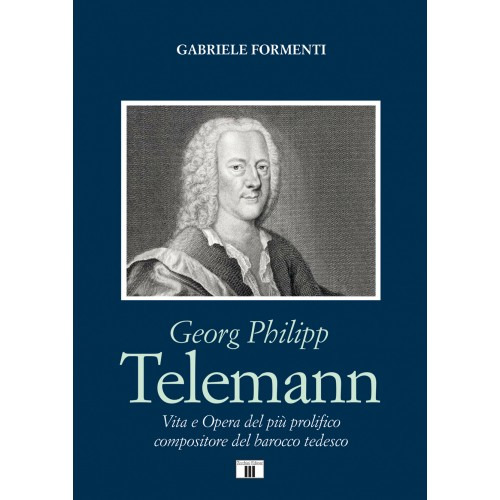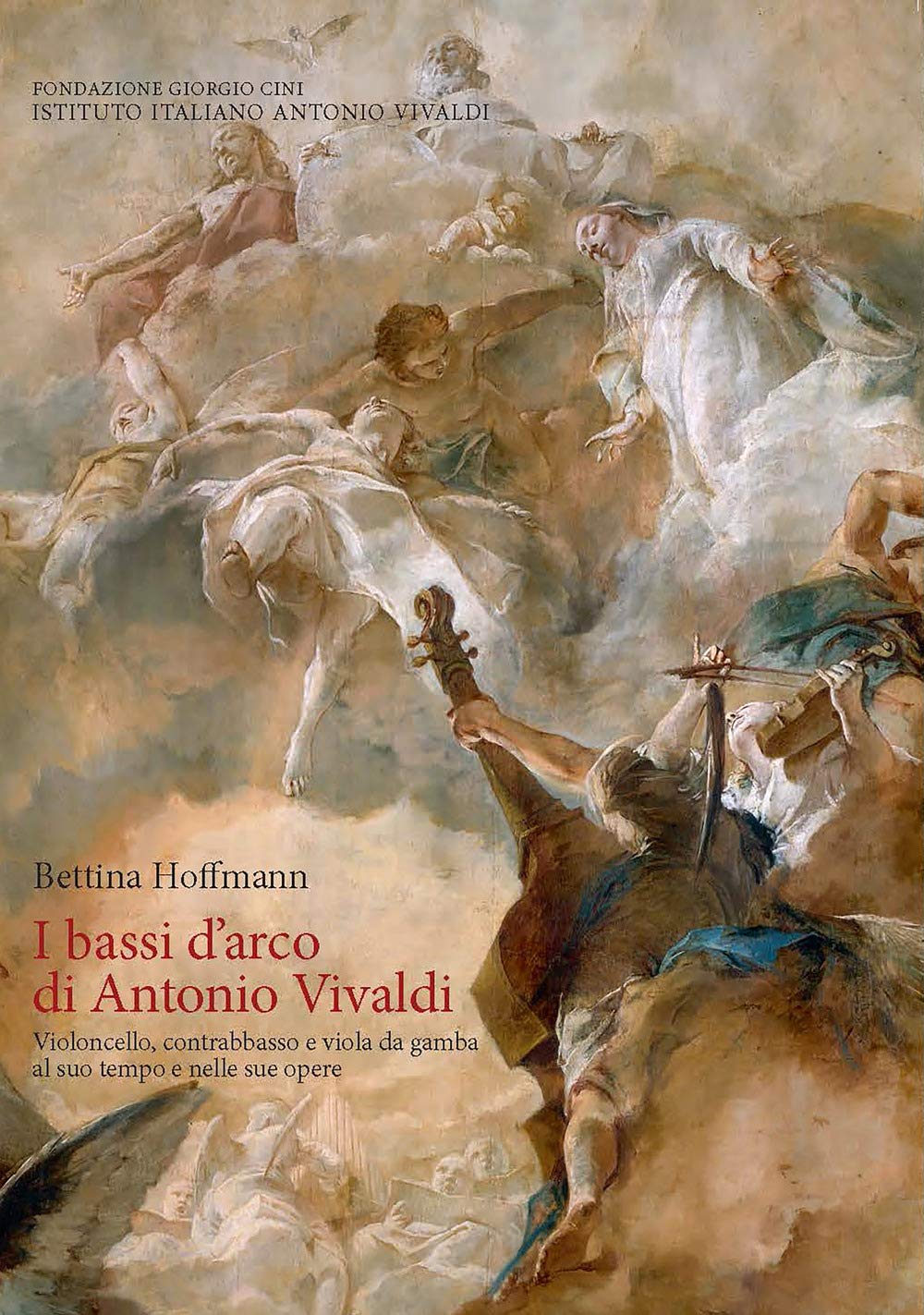xvi + 594pp
Studi di Musica Veneta, Quaderni Vivaldiani, 19
Leo S. Olschki Editore: Florence, 2020
Click HERE to buy this book at amazon.co.uk
[Using these sponsored links helps keep the site alive and FREE!]
The astonishing presentation of so much research by Bettina Hoffmann, who is well-known as a viol and Baroque cello player, teacher and scholar, makes this tome a gripping read. The subject – the cello, the double bass and the viol around the time of Vivaldi and in his works – has more widespread relevance than one might expect, such as: the evolution of those instruments in Vivaldi’s time, his mode of teaching, different tunings, fingerings and bowings exploited in or required by his compositions, other precious, explicit and surprising instructions in his scores to add to our notions of 18th-century performance practices, and comparisons between sources in manuscripts or prints destined for other countries and cities other than Venice.
Each section, in fact, is a compilation of such studies. Hoffmann, like a detective, gleaned historical evidence creatively by investigation and speculation. It appears that she has dated, placed, and told us about all the cases in which a cello, a bass or a viol have solo functions in Vivaldi’s works. As only an insightful player could do, she points out unusual characteristics of various sources, for their own sake or for the specific occasions, courts or players they were composed; or why some movements appear in more than one composition and with different instrumentation. I imagine that this amount of reasoning, applied to possible circumstances, was actually very selective. I say this because it was not overwhelming: her speculations and conclusions are always intrinsically important.
The complexity of this book reflects its multiple topics. Since Vivaldi’s music is certainly ‘main stream’ its information is useful to players and listeners: bass instrument players can find sections on their specific repertory and their instrument’s historical techniques; the general reader interested in baroque music or in Vivaldi will be captured from the very first pages, after which they may or may not be able to put it down! Not being a string player myself, I found many surprising conclusions drawn from technical details. But because this tome of more than 600 pages will have something different to impart to every reader, I will try to describe its contents. At the web page for I bassi d’arco di Antonio Vivaldi, Olschki would do well to add a link to view its complete Table of Contents – in Italian called the Indice (index).
It is an outline with page numbers which almost functions as an index of subject matter. It presents the work’s four main Parts, with up to four chapters per part, up to eight sections per chapter, and numbered subsections. It is the quickest way to relocate information that is referred to later.
Part One (285 pages) includes the history, organology, techniques (body positions, fingering and tuning) and musical considerations necessary for appreciating the documentation in Part Two (180 pages) on Vivaldi’s contributions to the roles of bass string instruments in his compositions and in Baroque music generally. Part Three (circa 80 pages) discusses Vivaldi’s use of bass string instruments based on his specific indications, with Hoffmann’s deductions about performance practice from that evidence. Parts Three and Four (circa 45 pages) contain tables with information on Vivaldi’s works. The first table gives his specific, basso continuo instrumentation, such as when the bow strokes in recitatives are to be long, when the accompaniment is by bassoon, or without harpsichord, or pizzicato or piano or arpeggiato, or for organ or solo cello; and combinations of these variables. The next table shows what the ensemble formations were, by cities, institutions (churches, schools, etc.) and occasions. The Bibliography is a goldmine, in an amazingly helpful format: author’s name and one key word from the title are distinctly visible in the left margin; the full title and details are in blocks of lines on the right. An index of names only follows, which suffices thanks to the Indice of contents.
Illustrations, musical examples or specific events or persons are all apt to be referred to by a figure number or sub-section sooner or later. Once the prior mention was located I would write the page number in the margin to be revisited faster in the future. Every treasure hunt called for in the text was rewarding, because engravings, anecdotes, and examples tell different things in different contexts.
The beginning of the book will intrigue all readers: the historical nomenclature for cellos, double basses and gambas couldn’t be more confusing. English readers speak of ‘the violin family’, not thinking that the ‘baby’, the older siblings and their mother were actually of ‘the viola family’, the violino being the ‘little viola’. So what is a violetta? It turns out to be a viola, because viola also referred to many of the larger instruments. A violone is a ‘large viola’, very often a cello, but sometimes a double-bass or a viol. To avoid that confusion the cello was sometimes called a violoncello or a violoncino – literally a ‘little big-viola’. If viola da braccio recalls the early distinction between the lira da gamba (lyra held between the legs) and the lira da braccio (lyra held by a raised arm) it was not exclusively yet another name for such a viola! Along with the viola da collo (‘neck’ viola) and the viola da spalla (‘shoulder’ viola), viola da braccio also meant a cello held across the player’s lap like a guitar, possibly with a cord behind the player’s neck: there is iconographic evidence, music, left-hand fingerings and tunings conducive to such a position! And so we come to the big violas, when a violone is not a cello, but a string bass, and therefore also called a violone grosso or violone grande, and finally a contrabbasso, Italian for the double-bass.
This first chapter on terminology is also full of examples of music, players, occasions, and iconography. It takes us north and south to various cities (Venice, Bologna, Modena, Florence, Rome and Naples), it tells us to wait to read about the violoncello all’inglese – a term used only once by Vivaldi; and it becomes obvious, when we get to it, that the viola da gamba will often be called a viola or a violone and that related instruments, strung in various ways may be identified by names such as viola bastarda, baryton, viola d’amore, viola all’inglese (a viola da gamba, called for by Vivaldi four times) or viola d’amore inglese. For practical reasons the rest of the book steers clear of all this confusion! Yet, since instrumental music flourished in so many places, musicians will encounter all of this terminology in the titles, incipits or instrumental parts of works, and this knowledge may be essential for finding music of this period. ‘Around’ Vivaldi’s time, in Hoffmann’s title, exceeds his lifetime, and means from before 1678 to well after 1740, considering that contemporaries overlap each other, and musicians who worked in Venice often came from many other important Italian and European cities.
The second chapter is exciting for musicians and teachers, because it concerns the cello, its role as a solo instrument, its tuning, experiments in its construction and the development of its fingering and phrasing techniques. Hoffmann takes us from Naples through central and northern Italy, and beyond to Vienna, Prague and into Germany.
In Venice Vivaldi’s career was happily tethered to the Ospedale della Pietà, one of four Church-run orphanages for girls born out of wedlock, who were rarely marriageable themselves. Those who were admitted to be in the Coro (choir) had the opportunity and obligation to study violin, viola, cello and bass under Vivaldi! The best ones played in his orchestra and lived their entire lives there as his musicians, assistants, and perhaps becoming maestre, teachers themselves, in their forties. The girls had daily group lessons of several hours with Vivaldi, in the presence of the assistants who watched and corrected them in real time, and then oversaw their practice in the hours after the lessons! The assistants were responsible for the girls’ punctuality, conduct and, if necessary, dispensed disciplinary measures. Fourteen of these assistants were the essential players in Vivaldi’s concerts. Hoffmann gives thumbnail biographies of those who specialized in playing bass string instruments. They usually started as singers and players of smaller instruments. Vivaldi (1678-1740) was present at the Pietà from 1703 to 1721, 1723 to 1729 and 1735 to 1738. One can imagine the accomplishments of those who qualified for such exemplary guidance, not to mention Vivaldi’s technical competence on so many instruments. The Pietà also had an extraordinary collection of rare types of instruments, which explains why so many compositions called for highly unusual instrumentation.
The sections on various cello tunings, structural characteristics and techniques (left-hand positions and fingerings, and right-hand positions and bowings) is fascinating, even for non-string players. It explains the consequences of the cello’s evolution. What is seen on the page cannot be separated from these objective transformations.
The third and fourth chapters, on the double-bass and the viola da gamba, follow the same lines of investigation – where they were played, how many strings they had, what tunings were expected, what fingerings. The viol was nearly obsolete in Italy, but nevertheless its use is documented at the Ospedale della Pietà by choir-masters Francesco Gasparini (in L’oracolo del fato of 1709 and 1719) for the Empress Elisabeth Christine and again for the Emperor Charles VI, and by Giovanni Porta (in Il ritratto dell’eroe of 1726), to welcome the return to Venice of Cardinal Pietro Ottoboni, and notably by Vivaldi’s use of five gambas in his oratorio Juditha Triumphans (1716). This is discussed later at length along with RV 719, his opera L’Incoronazione di Dario (1717), RV 579, his Concerto funebre (perhaps for the funeral of another choir-master at the Pietà, Pietragrua, who died in 1726) and RV 555, his Concerto con molti istromenti (perhaps also for Ottoboni’s return in 1726).
Analyses of Vivaldi’s music for the bass string instruments occupies the Second Part of this volume, pages 287 to 467: Sonatas for cello and bass, Trio sonatas, Chamber concertos and sonatas with more instruments, Concertos for one or two cellos and orchestra, Concertos for various instruments and orchestra, in all of which a cello or cellos are soloists; sacred and operatic vocal music in which the cello has obbligato parts; the technical aspects of these works; and detailed descriptions of the works for the viola da gamba mentioned before. Players can find the entire repertory covered, sources compared with respect to their authenticity, datability, reliability, quality or lack thereof, and the purposes apparently considered by the various scribes. Hoffmann’s insight is particularly evident.
For the nine Vivaldi cello sonatas, Hoffmann points out the sloppy bowings in the Paris and Neapolitan manuscripts compared to the consistency of those from Wiesentheid, but warns that the latter may testify to the scribe’s own, or his patron’s, preferences! Just when we hope that the beautifully engraved first edition by Le Clerc (ca. 1740) will be decisive, Hoffmann again warns that the markings are incoherent, that every page is maddening, and often simplified to make the works commercially more appealing. This section, by forewarning cello players, should inspire them to follow a musicological approach in studying any work. (We are lucky that the internet may facilitate some of the necessary comparative source reading.)
Hoffmann presents questions, answers, interpretations and tentative conclusions. No one can infallibly discern Vivaldi’s originality with so many variables, but it is the work of every musician to seek tentative certainty. I keep in mind a tenet from the philosophy of aesthetics: when judging between opposing interpretations, the ‘right’ one is that which is more meaningful, or beautiful, or profound.
Olschki’s beautiful soft cover and flaps do not show Bettina Hoffmann, but to Italian followers of early music she needs no introduction. I imagine that she gets feedback from many of them. English readers looking for repertoire or insight can find every work listed or discussed; the tables and bibliography offer information and leads with few linguistic obstacles. You will have to dip into it piecemeal, until it is translated. I found it very enjoyable to read. The vocabulary is scholarly, but the sentences are not long: they reflect how scholars speak. This added pleasure in reading to that of discovery and I was sorry to get to the end!
Barbara Sachs
